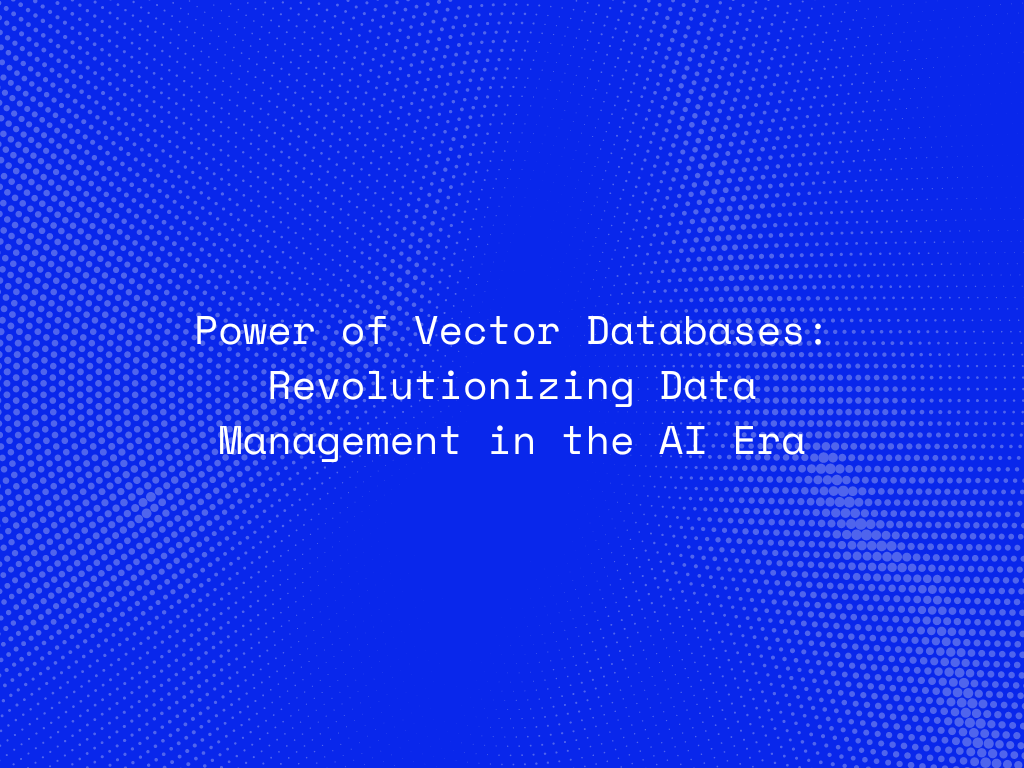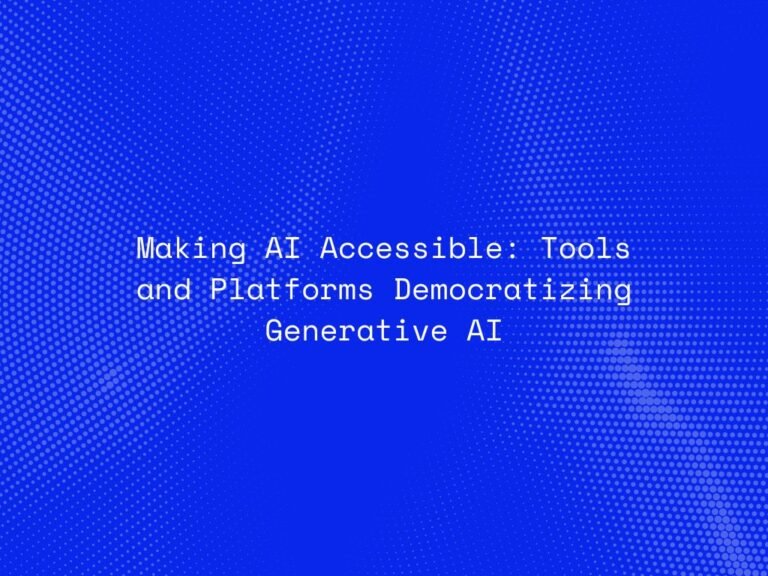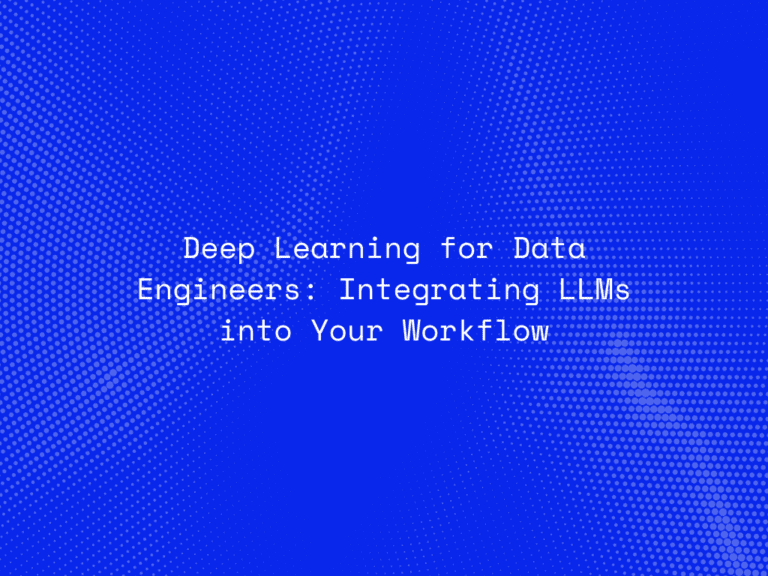Introduction to Vector Databases
In the digital age, where data is the new oil, efficiently managing and querying this invaluable resource is paramount. Traditional databases, while robust, often stumble when it comes to handling high-dimensional data, particularly in the realms of Artificial Intelligence (AI) and Machine Learning (ML). This is where vector databases come into play, heralding a new era of data management. But what exactly are vector databases, and how do they revolutionize the way we handle complex data?
Understanding Vectors
At the heart of vector databases lies the concept of vectors. Vectors are essentially arrays of numbers representing data points in high-dimensional space. These could range from the pixels in an image to the embedding of a word in natural language processing tasks. The ability to efficiently handle these vectors is what sets vector databases apart, enabling applications that were previously challenging or inefficient with traditional relational databases.
The Role of AI and ML
AI and ML technologies are not just complementary to vector databases; they are integral. These technologies rely on high-dimensional data for training models and making predictions. Vector databases, with their ability to efficiently store, manage, and query such data, become indispensable tools in the AI and ML toolkit, enabling faster and more accurate results.
Key Features of Vector Databases
What sets vector databases apart from their traditional counterparts are their unique features designed to address the challenges of managing and querying high-dimensional data.
- High-Dimensional Data Handling: Vector databases are optimized for storing and querying data in high-dimensional space, making them ideal for AI and ML applications.
- Speed and Efficiency: Leveraging advanced indexing and querying algorithms, vector databases can quickly retrieve relevant high-dimensional data, significantly outperforming traditional databases in specific tasks.
- Scalability: In an era where data volumes are exploding, vector databases offer scalable solutions to handle this growth without compromising on performance.
How Vector Databases Work
To appreciate the power of vector databases, one must understand their core operations: indexing and querying.
- Indexing Vectors: Vector databases index high-dimensional data in a way that preserves spatial relationships, enabling efficient retrieval. This often involves sophisticated algorithms that reduce the dimensionality of the data without losing its essential characteristics.
- Searching and Querying: When it comes to searching and querying, vector databases use similarity metrics to find the closest vectors to a given query vector. This enables nuanced and contextually relevant results, essential for applications like recommendation systems and NLP.

Applications of Vector Databases
The applications of vector databases are as varied as they are impactful.
- Image and Video Retrieval: In the field of computer vision, vector databases enable efficient storage and retrieval of images and videos based on content similarity.
- Natural Language Processing (NLP): From semantic search to chatbots, vector databases are key in storing and querying linguistic data for NLP applications.
- Recommendation Systems: Personalized recommendations in e-commerce and content platforms leverage vector databases to match user preferences with products or content.
Comparing Vector and Traditional Databases
The comparison between vector and traditional databases boils down to their suitability for specific types of data and tasks. While traditional databases excel in structured data and transactional operations, vector databases shine in high-dimensional data spaces and tasks requiring similarity search.
Future of Vector Databases
The future of vector databases is as dynamic as it is promising. With the continued advancement in AI and ML, the integration of vector databases with emerging technologies like quantum computing and edge AI presents exciting possibilities. The evolution of indexing algorithms and scalability solutions also points to a future where vector databases become even more integral to data-driven applications.
Conclusion
Vector databases represent a significant leap forward in the realm of data management and analysis, particularly for high-dimensional data. As we continue to generate and rely on complex data, the role of vector databases will only grow, driving advancements in AI-ML, and beyond. In this exciting era of data, vector databases stand out as key enablers of innovation and efficiency.




